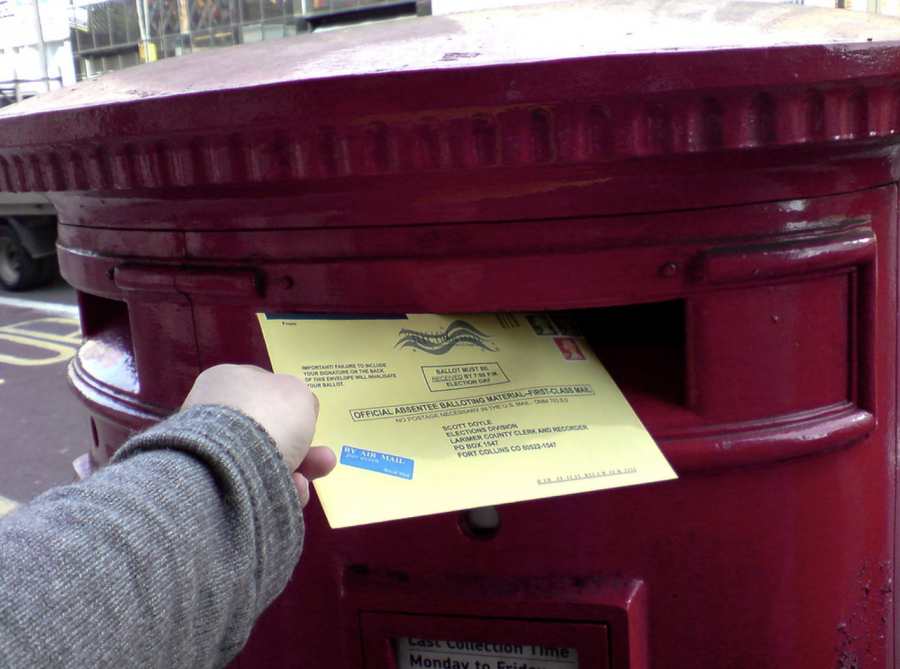Students at Harvard University may now adding a new official activity to their already chock-full schedules: napping. Sophomore Yuqi Hou recently proposed a petition for construction of an on-campus “nap room,” which calls for the a designated room for students to nap and relax. Hou proposed the petition through Harvard’s online petition tool, “We the Crimson;” the proposal earned 191 votes in favor of the nap room. The proposal has since been in review by Harvard Dean Evelynn Hammonds, who reviews the school’s top three highest petitioned proposals monthly. Hou’s idea has garnered mass support from students, as a nap room would provide a place more comfortable than the library and less distracting than a dorm room for students to re-energize in peace. The nap room would require an ID card for entrance, after which students would sign out a blanket and pillow from a moderator in charge, time out their nap duration, and leave all belongings in a designated locker space.
Of course, the proposal has received much opposition and been attacked for being a potential promoter of procrastination and slacking off — some have even condemned the idea as one that will “baby” the undergrads by treating them like preschoolers with the idea of naptime. Nonetheless, students are still greatly in favor of a unified nap room and continue to support its construction, particularly with the start of a pilot program that’ll bring together students and staff to discuss sleep research and systematic technicalities of the nap room.
One of the biggest problems that continues to plague colleges is stress — and although a nap room may not provide a total cure, it can greatly reduce stress by allowing students to unwind. Sleep is easily one of the easiest forms of stress relief, especially for overworked students going through constant all-nighters and late-night cram sessions. At Harvard especially, students are overwhelmed with classes, clubs, sports, and more activities than they can count. Naps can supplement sleep, and the nap room can raise awareness of the importance of stress relief, particularly during stressful times like finals weeks.
The nap room should not be abused. Rather, it should be controlled enough to not turn into a hang-out spot, and monitored so that students don’t overstay their welcome. Many are suggesting that students be limited to an around an hour of naptime each day. The nap room should not be the students’ only source of sleep and stress relief, and should only act as a midday refresher. The idea of the nap room has spread to other schools, such as the University of Connecticut, which has already set forth a petition for their own nap room. Even high schools have begun to follow the trend, as some institutions are beginning to offer alternative methods of stress relief, such as yoga classes and meditation. Although these efforts won’t cure stress, they definitely show promising means of promoting better health and happiness in students.













